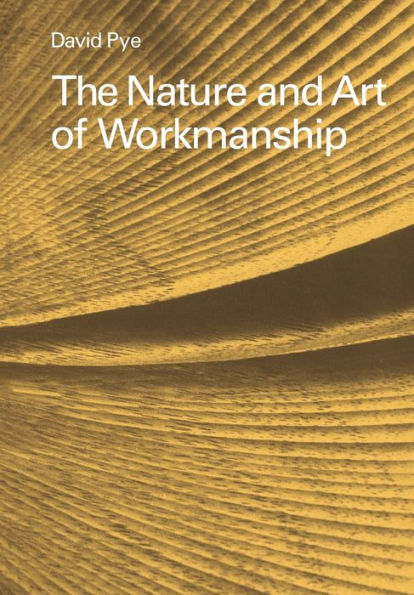5
1

The Nature and Art of Workmanship
144
The Nature and Art of Workmanship
144Paperback(New Edition)
$47.99
47.99
In Stock

Product Details
| ISBN-13: | 9780521293563 |
|---|---|
| Publisher: | Cambridge University Press |
| Publication date: | 09/21/1978 |
| Edition description: | New Edition |
| Pages: | 144 |
| Product dimensions: | 6.70(w) x 9.60(h) x 0.40(d) |
About the Author
From the B&N Reads Blog
